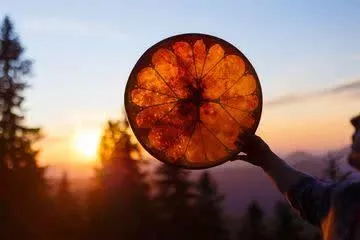
What is Core Shamanism ?
What is Core Shamanism?
Core Shamanism is a contemporary form of shamanism that is widely taught and practiced in the modern Western world. It was developed by anthropologist Michael Harner, who recognized the fundamental principles and common themes of shamanic practice across different cultures.
One of the key aspects of Core Shamanism is its non-cultural specificity. It focuses on the universal elements of shamanic practice, such as drumming, rattling, dancing, and singing, that can be found in various traditional societies. By distilling these core elements, Core Shamanism provides a framework that is accessible and applicable to people from different cultural backgrounds.
In traditional societies, a shaman acts as a mediator between the human and spirit worlds, journeying to the realm of spirits on behalf of individuals or communities to seek guidance, healing, or empowerment. Similarly, in Core Shamanism, individuals are empowered to make their own shamanic journeys to connect with their own spirit helpers and teachers.
The shamanic journey is a technique used in Core Shamanism to enter into an altered state of consciousness, often facilitated by drumming or other rhythmic methods. During the journey, individuals can meet and communicate with their personal spirit helpers and guides, explore the spirit world, and gain insights, knowledge, and healing for themselves and others.
The journey is undertaken with a focused intention, seeking specific help, healing, or information that can be brought back and integrated into everyday life. Through the techniques and practices of Core Shamanism, individuals can access ancient and contemporary wisdom, tap into their own unique path to healing and wholeness, and restore spiritual power.
Core Shamanism emphasises the importance of intention, trust, and ethical practices in working with the spirit world. It offers a practical and effective approach to shamanic healing, personal growth, and connection to the natural world.